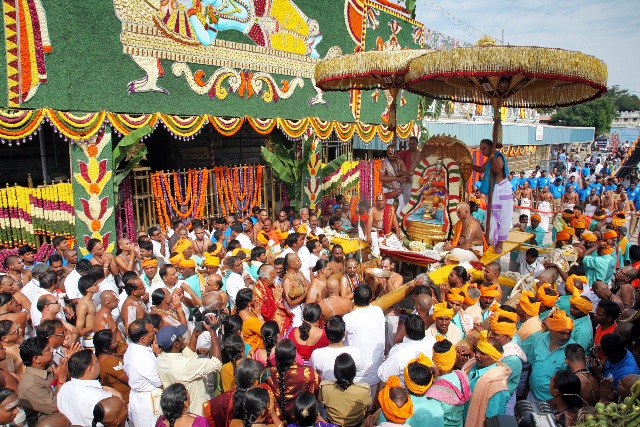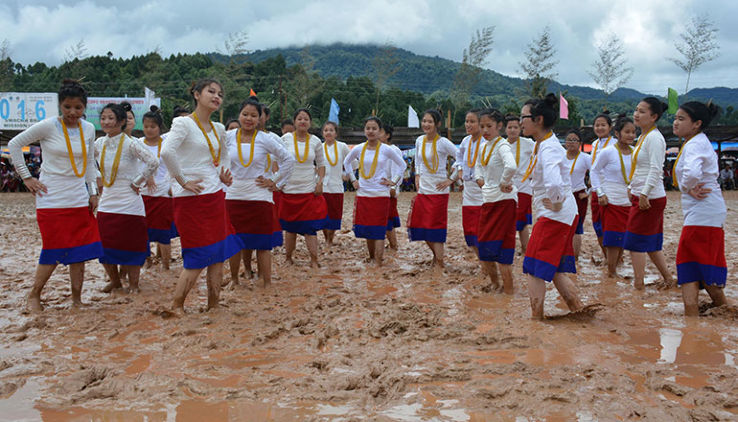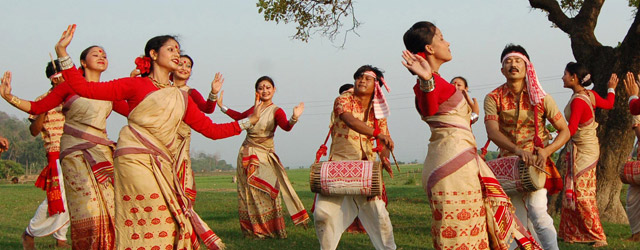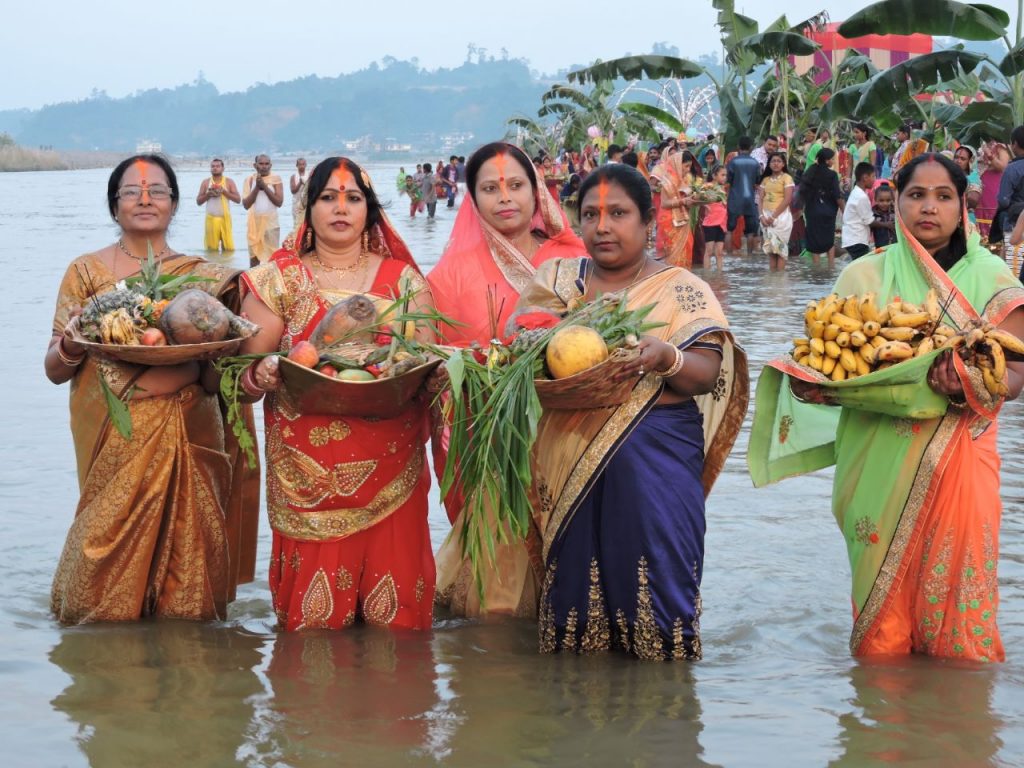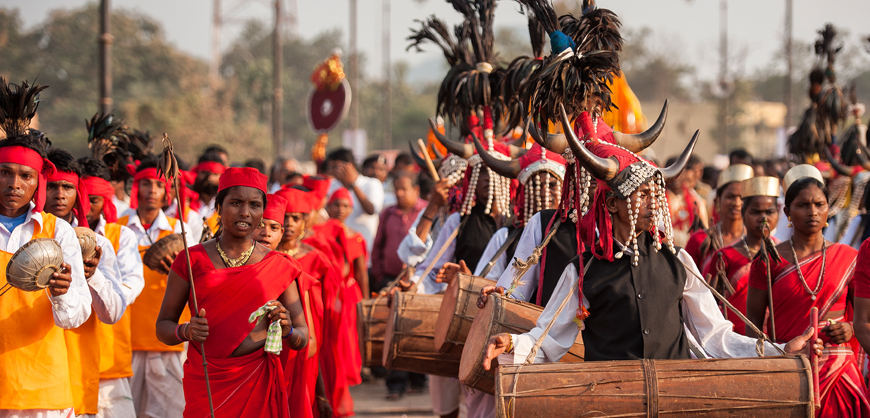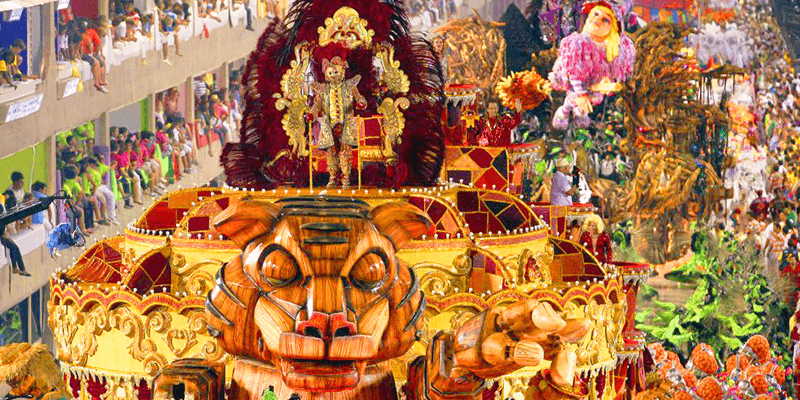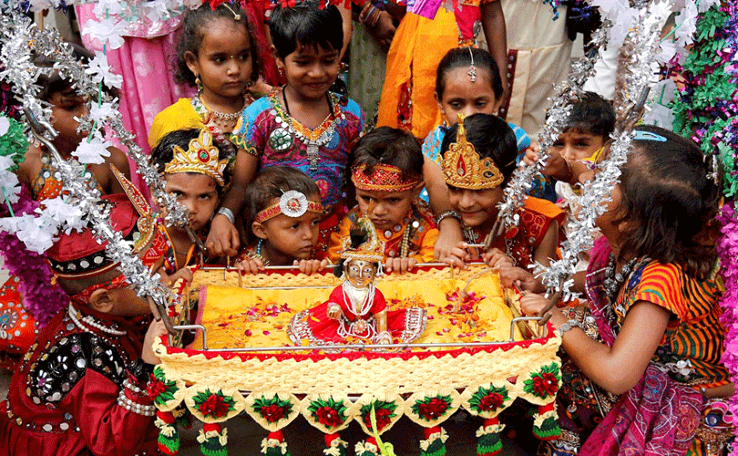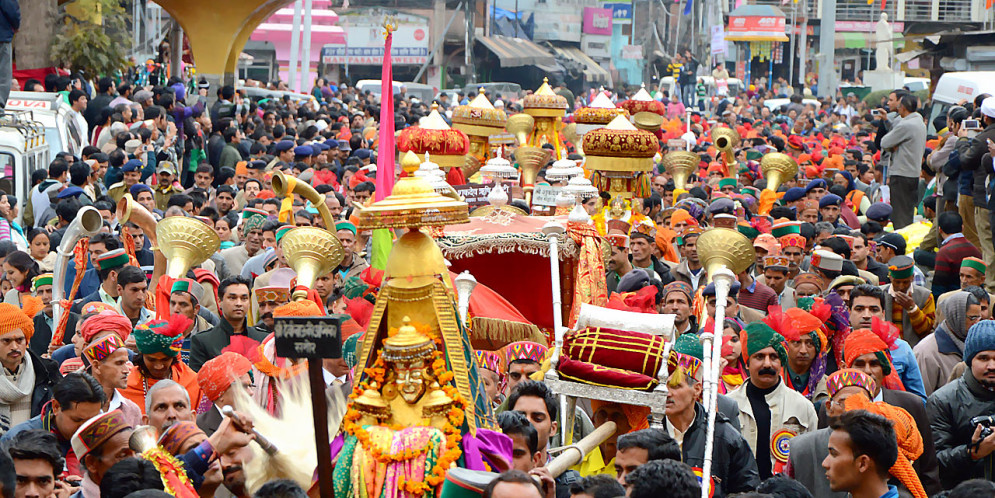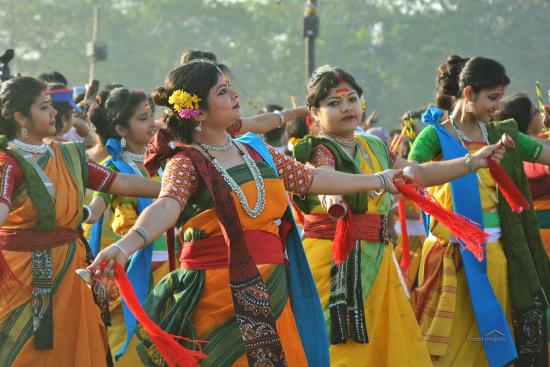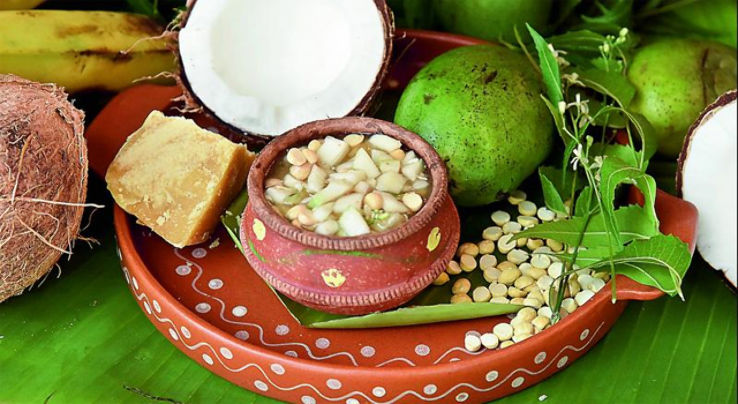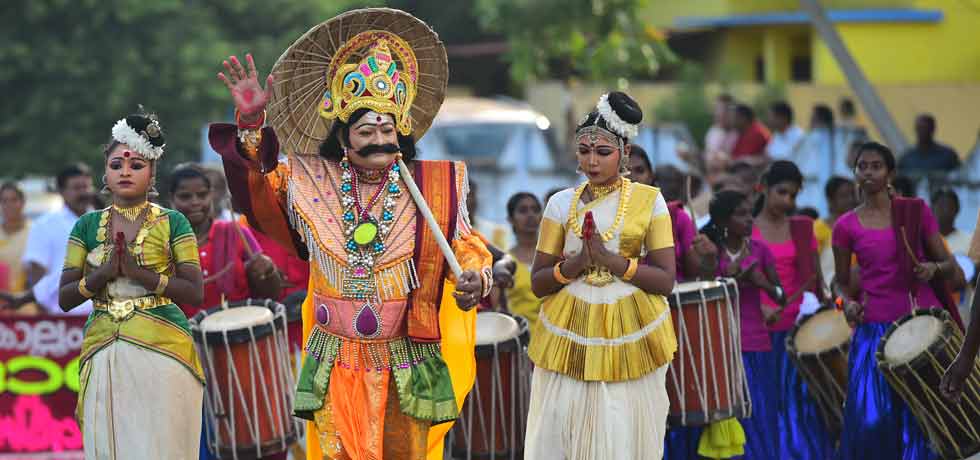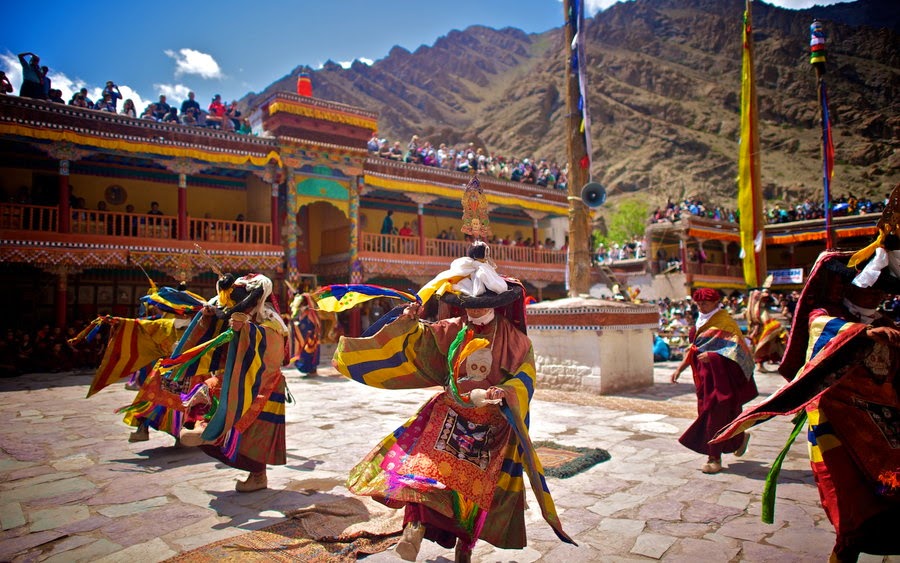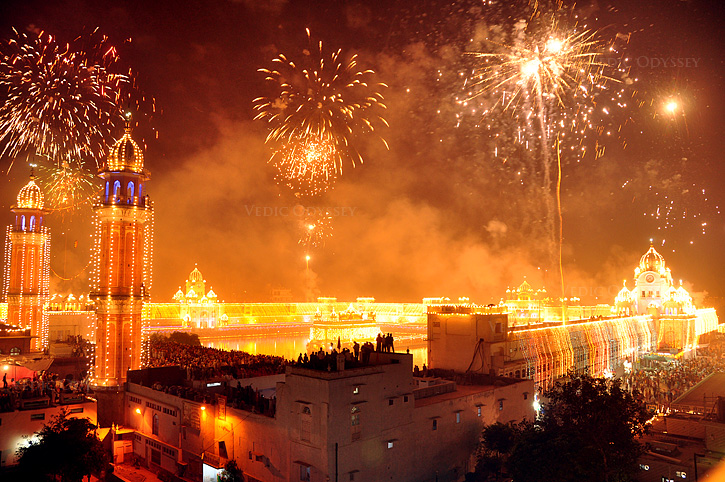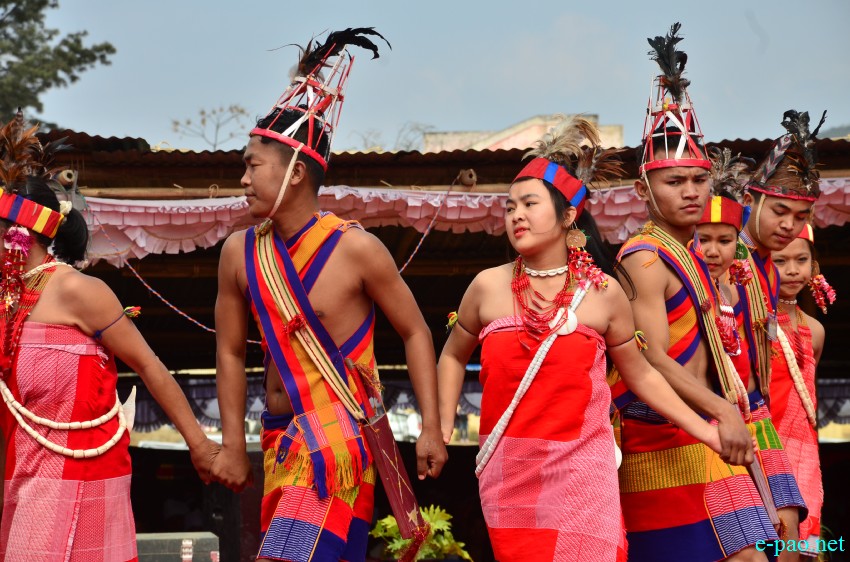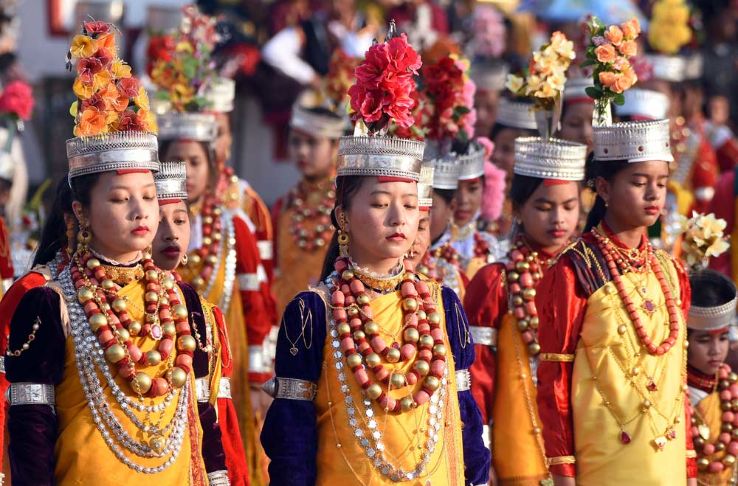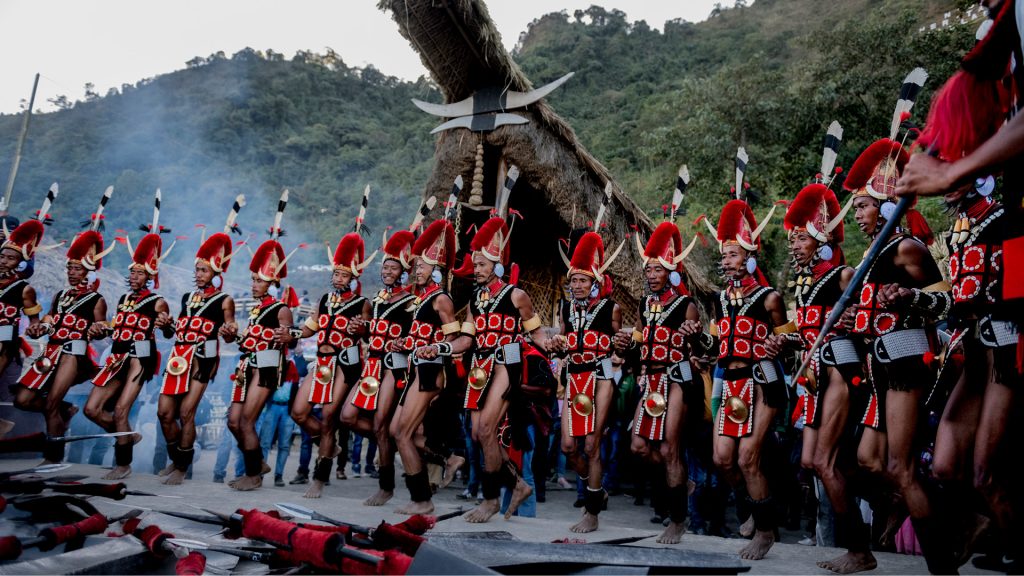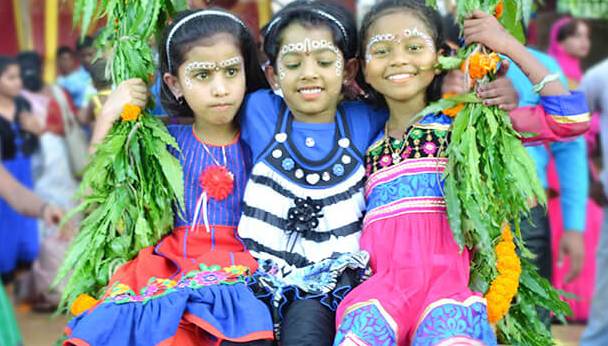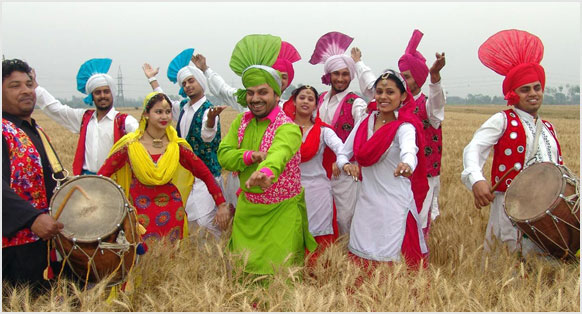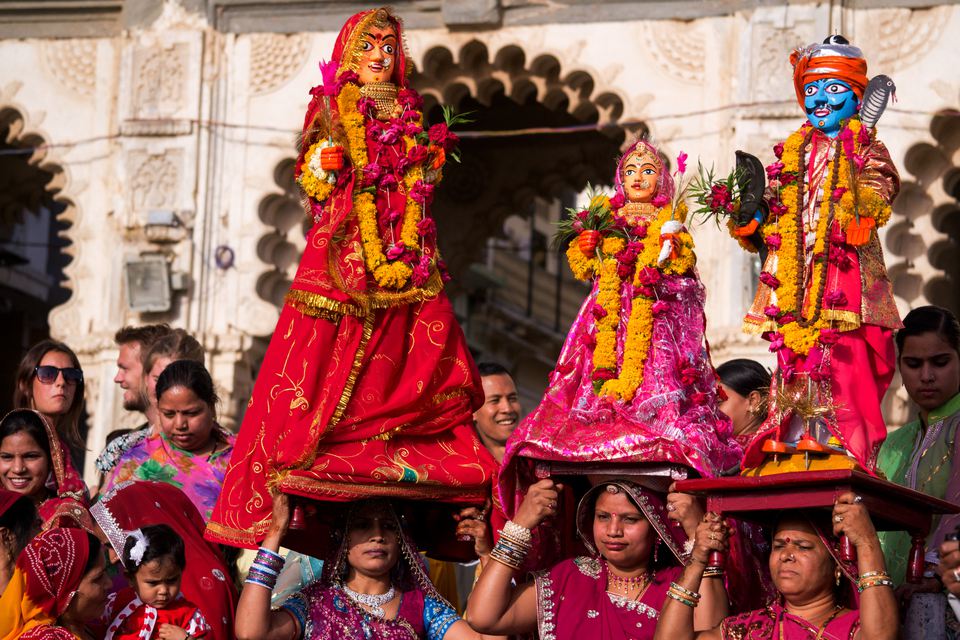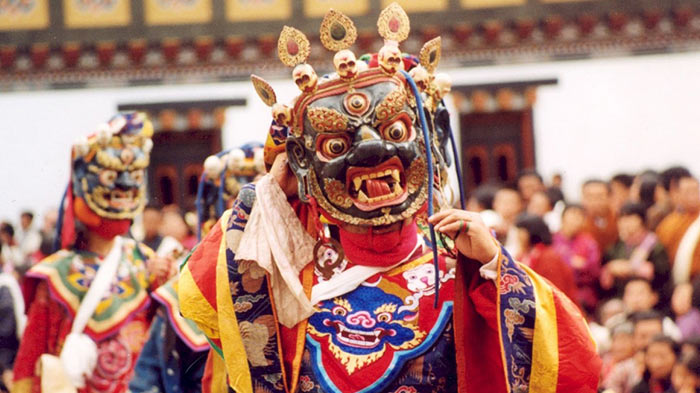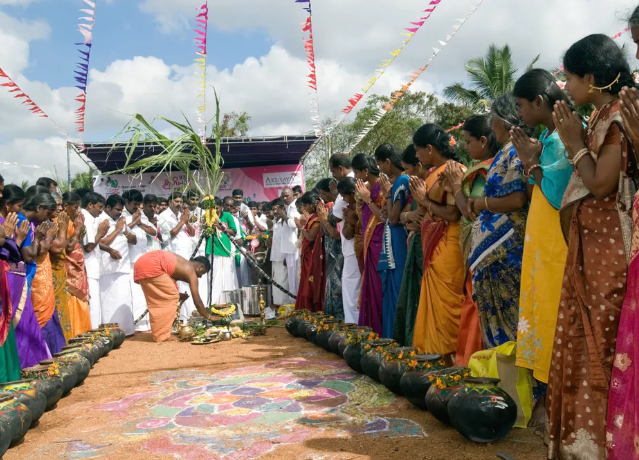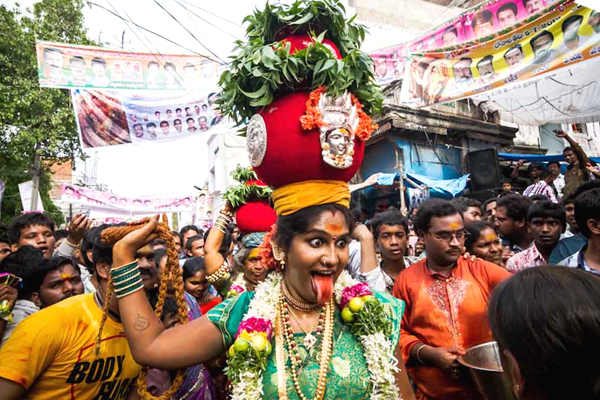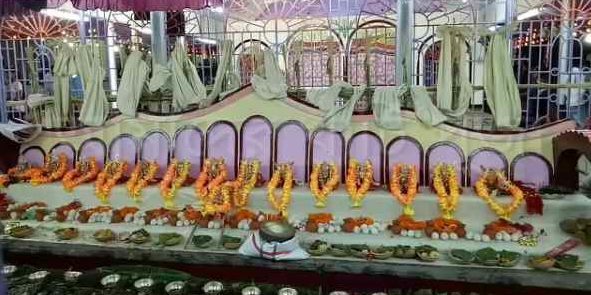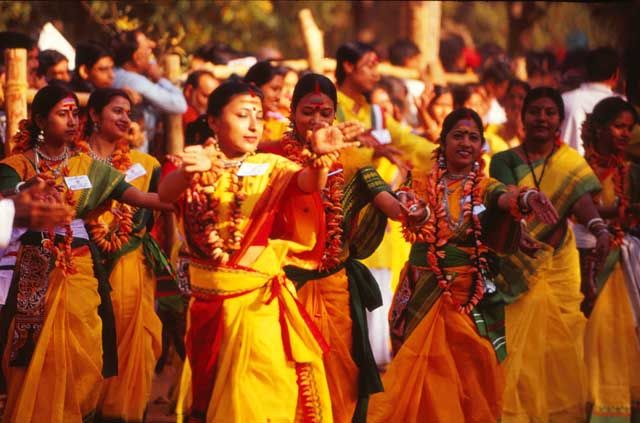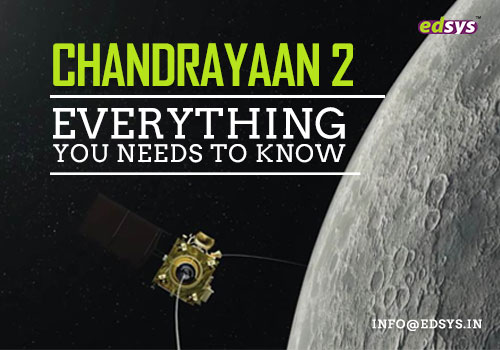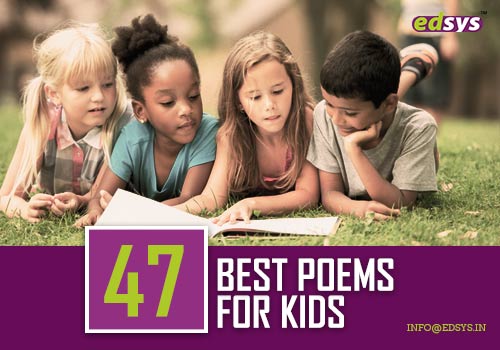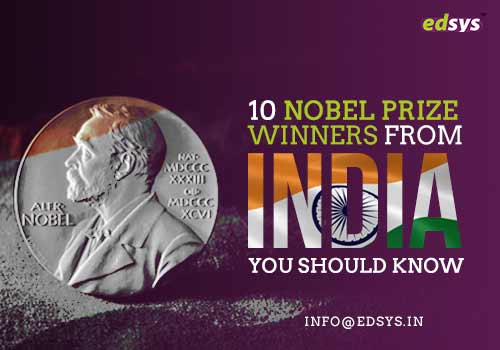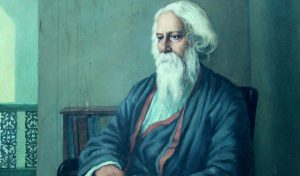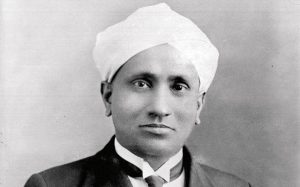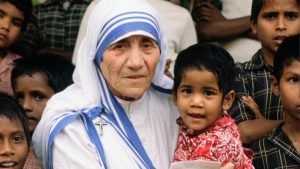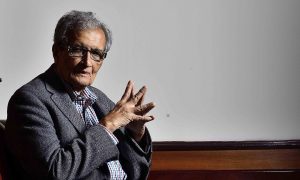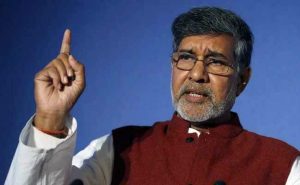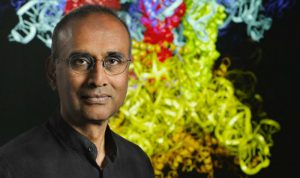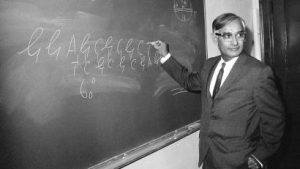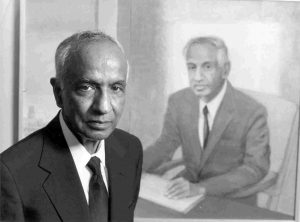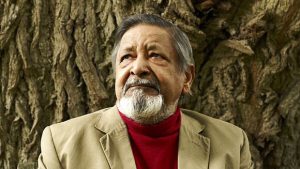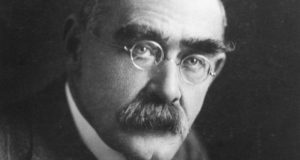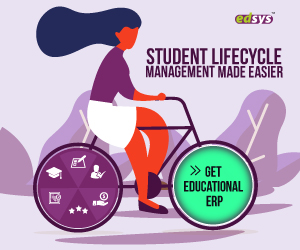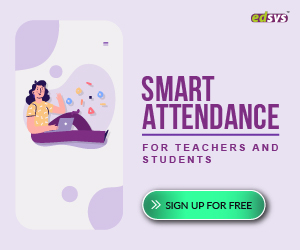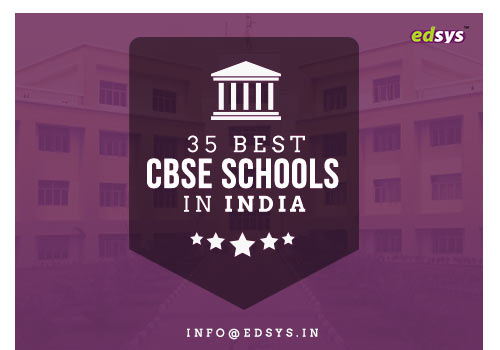Choosing the best school for kids is always a challenge for parents. They have to look into a lot of factors like quality of education provided, the proficiency of teachers, activities, teaching techniques, the infrastructure and facilities of the school building and premises as well as the efficiency of school management.

Parents are looking to provide all comfort and ease to their kids while not compromising on the quality of education. Considering these factors, CBSE schools are far ahead considering similar schooling options. However, all these factors may not meet for all CBSE schools.
Access Here More Than 1000+ FREE Educational Apps
That is why you have to look for the best CBSE School for your kid in your preferred location. Here we can help you with the task as we list some of the best CBSE schools in India that satisfies more or less all of the deciding factors.
1. A.V Boys Sr. Secondary School, Chennai
It is located away from the noise of city which follows a co-ed classroom set-up. The student-teacher ratio is 26:1 and they support extracurricular activities along with quality education. Key features include large assembly halls and library & aesthetically designed classrooms.
>>Address: R-45, 120 Ft Road, Mogappair, Chennai – 600 050
>>Phone: 044 26242340 / 26243818
>> Email Id: davboysss@gmail.com
>> Website: davboysmogappair.com
2. Sri Sathya Sai Higher Secondary School, Anantapur
They provide education from nursery to the 12th grade and the institution is inspired by the values of Sri Sathya Sai Baba. They follow the co-ed classroom set-up and boasts of dedicated teaching staff, excellent infrastructure and hostel facilities.
>>Address: Sri Sathya Sai Higher Secondary School, P.O. Prasanthinilayam, Dt. Anantapur, A.P. 515134
>>Phone: 08555 – 287237
>>Email: ssshss@gmail.com
3. Sardar Patel Vidyalaya, New Delhi
They follow the co-ed classroom system and provide education for nursery classes to grade 12. They boast of excellent infrastructure facilities including a huge campus, large airy classrooms, hi-tech labs and canteen facilities.
>>Address: Lodi Estate, New Delhi 1100 03
>>Phone: (011) 24627344 / 55, (011) 24620355
>>Website: http://spvdelhi.org/
>>Email Id: spvdelhi@gmail.com
4. Kothari International School, Uttar Pradesh
They offer to school for classes up to 12 and boasts of competent faculty, safe and secure campus. They follow the co-curricular education system and they were ranked in the top 10 schools last year by many surveys.
>>Address: B-279, Sector 50, B Block, Sector 50, Noida, Uttar Pradesh 201301
>>Phone: +91-120-4082430, +91- 9818548495
>>Email id: info@kotharischool.edu.in
>>Website: kotharischool.edu.in
5. Ramakrishna Mission Vidyapith, Deoghar, Jharkhand
This is all boys residential school, a best CBSE school in India provides education from Nursery classes to XII. They boast of several academic achievements, library, canteen and even training and placement cell. The school was rated among top 10 schools in India in many surveys.
>>Address: Ramakrishna Nagar, P.O.: Vidyapith, Dist.: Deoghar, Pin: 814 112, Jharkhand
>>Phone: (06432) 222413, 236854
>>Website: www.rkmvdeoghar.org
>>Email id: deoghar@rkmm.org
6. Bharatiya Vidya Bhavan, Chennai
This is a charitable public trust built for the promotion of education and culture to the society. In addition to basic education, the institution gives the ultimate focus to gear up the fundamental values of life.
>>Address: Kilpauk Garden Road, Davidpuram, Kilpauk, Chennai, Tamil Nadu 600010
Phone: +91 44 2464 3420
Fax: 044-24641045
Email: bvb@vsnl.com
Website:www.bhavanchennai.org
7. Lotus Valley International School, Noida: The institution is dedicated to providing the best quality education and its motto says it all ‘Arise Awake and Stop not till the Goal is Reached’. Many surveys have rated it as one of the top K-12 institutions in North India. They follow the co-ed classroom system and feature a cafeteria, well-equipped gym, and infirmary along with basic facilities.
>>Address: Sector 126, Express Highway, Noida, Uttar Pradesh 201303
>>Phone: 9910962228, 9910952225/6/7
>>Website: http://www.lotusvalley.com/
>>Email id: info@lotusvalley.com
8. Vyasa International School, Doddabommasandra, Bangalore:
The institution is designed to provide a stimulating all-round education for the kids. In addition to basic schooling, they are known for vibrant arts, community outreach, leadership, culture, and international exposure.
>>Address: No.101/2, BEL North Gate, Dodda, Bommasandra, Vidyaranyapura Post, Bengaluru, Karnataka 560097
>>Phone: +91 80 2345 1899
>>Fax: 080-2345 4777
>>E-Mail for Admission: pro@vyasainternationalschool.org
>>Website: http://vyasainternationalschool.org/
9. Sri Kumaran Children’s Home School, Bangalore
They follow co-ed classroom system and provide both the CBSE and ICSE curriculum education. They boast of well-ventilated classrooms, sports activities, large playground, Sick Bay and canteen services in addition to quality education.
>>Address: Survey No 44 – 50, Mallasandra Village, Uttarahalli Hobli, Off Kanakapura Main Road, Bangalore 560062
>>Phone: 080-22538102 / 22538100
>>Website: http://www.kumarans.org/
>>Email Id: cbse@kumarans.org
10. AMITY International School, Uttar Pradesh
The school offers top learning platform for pre-primary to senior wings. The amenities for each class are designed to suit their age groups. Other than the basic schooling facilities, they provide power back up, controlled PA system, fire fighting solutions and emergency staircases.
Know More: 29 Smart Software For Schools
>>Address: Sector-44, Noida-201303, Uttar Pradesh
>>Phone: (120) 4399000
>>Fax No: (120) 2431430
>>Website: www.amity.edu/aisn
>>E-mail ID:amity@aisn.amity.edu
11. National Public School, Bangalore
Many products of IITs and IIMs are from this great school of renowned educationalist Dr. K P Gopalkrishna. They provide education from Playgroup to Grade 12and features hi-tech labs, large playground and well stock libraries.
>>Address: National Games Village Complex, 80 Ft. Road, Koramangala, Bangalore, Karnataka -560047
>>Phone: 080 – 25705171, 25705172
>>Website: http://www.npskrm.com/
>>Email id: info@npskrm.com
12. Meridian School for Boys and Girls, Telangana
This is one of the top schools in India since 1995 which is known for their creativity and innovation in learning. They provide close to attention education for preschool to main school students.
>> Address: #8-2-541, Road No.7, Banjara Hills, Hyderabad 500 034, Telangana
>> Phone: 23420561/ 62/ 63
>> Email: banjara@meridianschool.in
>> Website: http://www.meridianschool.in/
13. Chinmaya International Residential School, Coimbatore
They offer education from classes 5 to 12. They even provide IB programs and promote hands-on experiments and projects. They provide large playground, library, and computer lab and transportation facilities in addition to basic schooling options.
>>Address: Nallurvayal Post, Siruvani Main Road, Coimbatore-641 114, Tamil Nadu
>>Phone: +91 422 261 3300
>>Website: http://www.cirschool.org/
>>Email id: info@cirschool.org
14. Lovely Public School, New Delhi
This is one of the top schools in Delhi for 46 years. In addition to providing basic education, they assure stress-free learning with various clubs and unique meditation lab. Other facilities include a safe transportation system, purified RO water coolers and modern labs.
>> Address: Priyadarshini Vihar, Near Bank Enclave, Laxmi Nagar, Delhi-110092
>> Phone: 22547753, 28822375, 22058369
>> Fax: 22014728
>> Email id: lpspioneersun@gmail.com
>> Website: www.lpsschool.com
15. Army Public School, Telangana
The school started contributing to the field of education since 2002 and now offers learning solutions to over 3000 students every year. The main facilities include diverse labs, hobby clubs, counselling room, and multiple halls.
>> Address: Jai Jawahar Nagar Post, Bolarum, Secunderabad, Telangana
>> Email: apsbolarum@gmail.com
>> Website: http://apsbolarum.edu.in/
16. St Antony’s Public School, Kottayam
This is one of the best CBSE schools in Kerala and it follows co-ed classroom system. In addition to basic classroom facilities, they provide transportation facilities, a large playground, hi-tech labs and well-stocked library.
>>Address: Anakkal, Kanjirapally, Kottayam Dt. Kerala, Pin: 686508,
>>Phone: 04828 – 202669, 202981
>> Website: http://saps.ac.in/
>> Email Id: sajca@bsnl.in
17. Abhinav Bharati High School, Kolkata
This school was established early in the year 1945 and now offer classes up to higher secondary students. They boast of an excellent infrastructure which includes A.C. Montessori hall, library, playroom, assembly hall etc.
>>Address: 11, Pretoria Street Kolkata -700071
>> Phone: 033- 22823516/5215
>> Fax: 033 – 22821685
>> Email: abhs@abhinavbharati.co.in
>> Website: https://abhinavbharati.co.in
18. The Heritage School, Sector 62, Gurgaon
They offer world-class education and students can opt for CBSE, ISCE, and even PUC board. They feature modern technologies such as smart interactive classrooms, laboratories and sprawling grounds.
>>Address: Sector 62, Gurgaon – 122011
>>Phone: 0124 – 2855124/25/26
>>Website: http://ggn.ths.ac.in/gurgaon/
>>Email id: info@ggn.theheritageschool.in
19. Silver Hill Public School, Calicut
This is one of the best schools in Kerala since 1975 that follows co-educational class system. They even provide science research internships and corporate internships. Main facilities include airy classrooms and well-fitted laboratories.
>>Address: Paroppady, Marikunnu P. O.Kozhikode District, Kerala – 673012
>>Phone: 0495 2370075, 9349 03 03 00
>>Website: http://www.silverhillspublicschool.org/
>>Email id: info@silverhillspublicschool.org
20. Hindu Senior Secondary School, Chennai
They offer education from Playgroup to Grade 12 and boast of ventilated classrooms & airy and well-equipped labs. Their learning program includes educational trips and facilities include large playground to promote sports and games.
Know More: 10 Things Schools Teach Beyond Textbooks
>>Address: No.1, 2nd Main Road, Indira Nagar, Chennai – 600 020
>>Phone: 044 24901836, 24451693
>>Website: http://hsssindiranagar.edu.in/
>>Email id: hsssindiranagar@gmail.com
21. Lakshmipat Singhania Acadamy, Kolkata
They are one of the top institutions in Kolkata which is recognized for various awards and achievements. Beyond the basic curriculum facilities, they focus on clubs and special activities, workshops, educational trips etc.
>> Address: 12B, Alipore Road, Kolkata – 700027
>> Phone: +91 33 24793600 / 24792176
>> Email id: lsa_kol@rediffmail.com
>> Website: http://www.lsakolkata.com/
22. Jawahar Navodaya Vidyalaya, Alappuzha
This is a co-educational residential school which is dedicated to provide modern education to kids from rural areas. They offer classes for students from classes 6 to 12 and allow lateral entry for classes 9 and 11.
>>Address: Chennithala P.O, Mavelikkara, Alappuzha Dist, Pin:690 105
>>Phone:0479-2320056
>>Fax:2322571
>>E-Mail:jnvalepy@yahoo.com
>>Website: http://www.jnvalleppey.org/
23. HAL Public School, Bangalore
They offer education from classes LKG to XII and boast of experienced and well-trained teachers. This co-ed school provides support for cultural activities and sports and features dedicated computer lab and audiovisual rooms.
>>Address: Suranjandas Road, Vimanpura P.O., Bangalore – 560017
>>Phone: 080-25220762
>>Website: http://www.halpublicschool.com
24. Don Bosco International School, Mumbai
Being one of the reputed schools in Mumbai, they offer classes from pre-primary to higher secondary students. They have a good infrastructure with various labs, library, activity lab and wellness rooms.
>>Address: Plot No.8, Sector 42-A, Opp. D-Mart, Seawoods, Nerul (W), Navi, Mumbai – 400 706.
>>Phone: 022-27712031
>>Email: donbosconerul@gmail.com
>>Website: http://donbosconerul.com/
25. National Academy for Learning, Bangalore
This school is founded by K.P. Gopalkrishna and their motto is “Aspire, Achieve and Excel”. They provide extensive coaching for IIT and AIEEE from class 6 onwards. The main facilities include interactive boards, airy smart classrooms, diverse laboratories and sports facilities.
>>Address: 3rd Cross, 3rd Block, 3rd Stage, Basaveshwarnagar, Bangalore-560079
>>Phone: +91-80-23239281
>>Website: http://www.nafl.in/
>>Email id: naflblr@gmail.com
26. Aavishkar International School, Ahmedabad
They focus on overall development of a child with out of the box thinking capabilities in addition to basic education. They offer open classrooms, labs, canteen, transportation, musical solace and art studio.
>>Address: Near Science City, Ahead of Ognaj Circle, SP Ring Road, Ahmedabad – 380060
>>Phone: +91 (0) 90 3333 3456
>>Email id: info@aavishkarschool.com
>>Website: http://www.aavishkarschool.com/
27. Jawahar Navodaya Vidyalaya, Neriamangalam, Kerala: They are one of the best schools in Kerala since 1987. They boast of massive academic block, spacious dormitories for girls and boys, dining halls, kitchen, Staff Quarter and play grounds.
>>Address: NH 49, Neriamangalam, Kerala 686693
>>Phone: 0485 2554246 0485 2554376
>>Fax: 0485 2554376
>>Email id: jnvernakulam86@gmail.com
28. The Camford International School, Coimbatore: It is one of the best international schools in the country with over a decade of experience. They follow a success-oriented education program and their main facilities cover labs, AV room, transportation and support for games and sports.
>>Address: 574/1, Sangaralinganar Rd, Ganapathy, Manikarampalayam,, Maniyakaran Palayam, Coimbatore, Tamil Nadu 641006
>>Mobile: +91 75980 56660
>>E-mail: admission@thecamford.org
>>Website: https://thecamford.org/
29. Delhi Public School, Vadodara: This top-class institution from DPS group aims to provide the right skills to students in addition to basic education. They offer good support for co-curricular activities including dance, art, drama and sports activities like football, basketball, and hockey.
>>Address: Transpek, Vadsar Road, Kalali, Vadodara, Gujarat 390012
>>Phone: +91-0265-2681571 / 72
>>Website: http://www.dpsvadodara.com/
>>Email Id: info@dpsvadodara.com
30. Birla High School, Kolkata
This is a co-ed school which follows the green school concept. They have a Wi-fi campus zone and features AC classrooms, large play area and transport facility with phone-based GPS system.
Know More: Significance of Hygiene in Schools
>>Address: 457, Barakhola (Behind Metro Cash & Carry) P.O: Kalikapur. P.S: Purba Jadavpur, Kolkata-700099, West Bengal
>>Phone: 033-24260160/6003 / 9674074140
>>Email id: bhsmukundapur@birlahighschool.com
>>Website: https://bhs-mukundapur.birlahighschool.com/
31. Modern Senior Secondary School, Chennai
The school provides classes through a vibrant education program and offers to school from LKG to Grade 12. Their main facilities include an open-air auditorium, library, various labs and ground support for badminton, hockey and cricket.
>>Address: 4th Street, AG’S Office Colony, Nanganallur, Chennai, Tamil Nadu 600061
>>Phone: 044 2224 1854
>>Website: http://moderncbsechennai.com/
>>Email id: modernnglr@gmail.com
32. Chinmaya Vidyalaya, Hyderabad
The school was established in 1993 and they boast of a friendly campus with all basic facilities for peaceful school life. In addition to basic education, they focus on instilling moral values in kids.
>>Address: Sandeepany Kailas, Kundanbagh, Begumpet, Hyderabad -500016
>>Phone: 040 23418012
>>Email id: chinmayavidyalaya_hyd@yahoo.co.in
>>Website: http://www.chinmayavidyalayahyderabad.org/
33. Bharatiya Vidya Bhavan, Chandigarh
The institution provides emphasis to promoting moral values in addition to quality education. They offer education for Playgroup to the 12th grade, features large amphitheatre and support innovative learning techniques like playing chess during breaks.
>>Address: Sector:27 B, Madhya Marg, Chandigarh – 160019
>>Website: http://www.bhavanchd.com/
>>Phone: 0172-5041620, 0172-2656955
>>Email: bvb_chd@yahoo.com
34. Bhavan’s Vidya Mandir, Girinagar
They offer classes from kindergarten to senior secondary students. They have an awesome infrastructure with facilities like smart class, library, labs, canteen, stores and resource room.
>> Address: Girinagar, Kadavanthara, Kochi, Kerala state, South India, Pin-682020
>> Phone: 0484 – 2319081/ 0484 – 2310702
>> Email id: principalbvm@yahoo.com
>> Website: http://www.bhavansgirinagar.ac.in/
35. Bluebells School International, New Delhi
This institution is one of the best cbse school in India inspired by Rabindranath Tagore’s vision and is recognized with the Award for Excellence in Education. They provide schooling from preschool to 12th grade. The main facilities include ventilated smart board classrooms, libraries, laboratories, discovery room and a recording studio.
>>Address: Kailash (Opp.) Lady Shriram College, New Delhi-110048
>>Phone: 011-29232963, 011-29235679
>>Website: http://www.bluebellsinternational.com/
>>Email id: contactus@bluebellsinternational.com
These are just a few among the many top CBSE schools in the country.
With over 17000 plus CBSE schooling options in India, parents will never run out of options despite wherever they are. The quality of education provided to your kid can reflect in their learning success and future.
Every child deserves the best education and it is the role of parents to do thorough research and get the optimal option for your kids.
Access Here More Than 1000+ FREE Educational Apps
These set of schools are administered by the Central Government and they make sure to set the right foundation for students to earn more success in education.

![What is Moral Education? [Benefits Included]](https://wp.edsys.in/wp-content/uploads/2019/10/What-is-Moral-Education-What-Are-its-Benefits-new4.jpg)


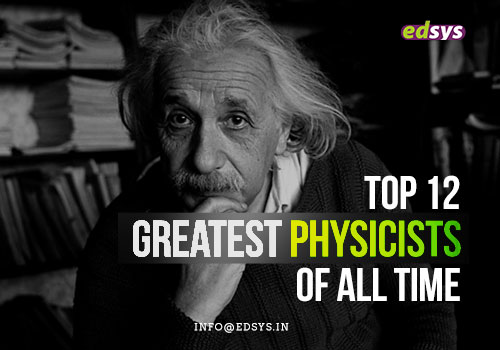
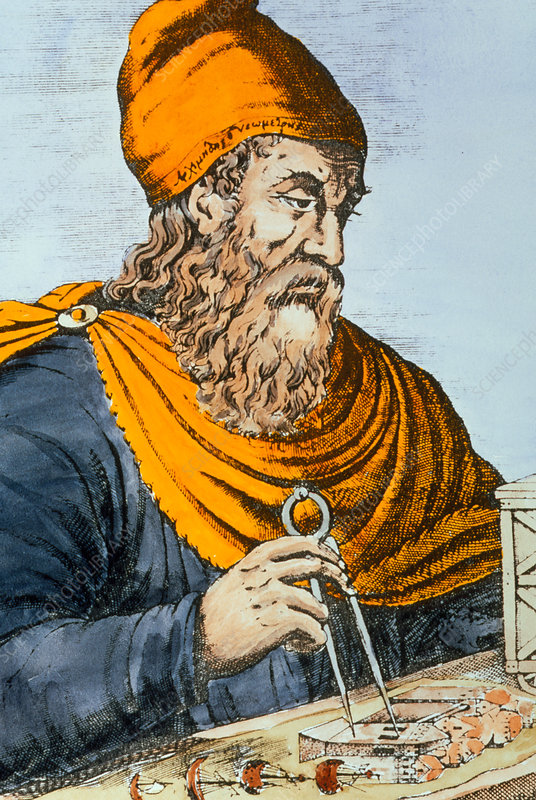
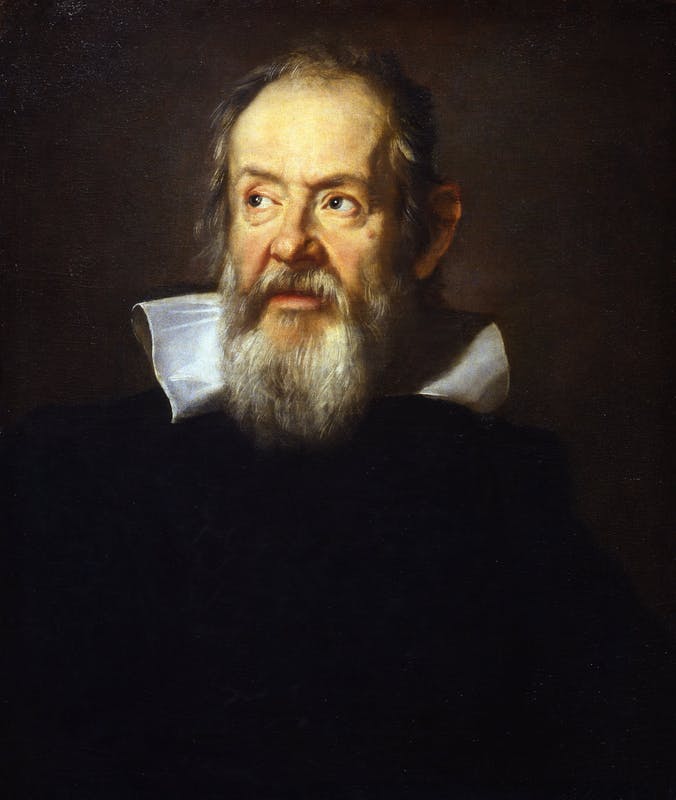
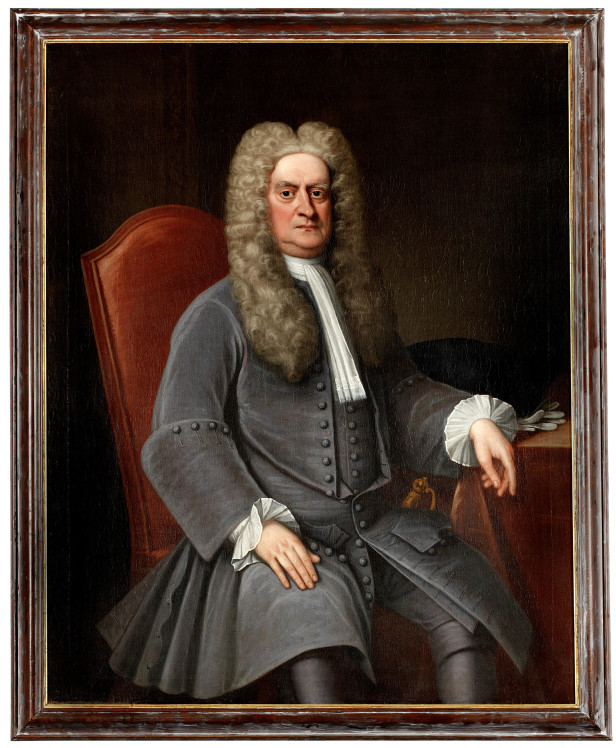
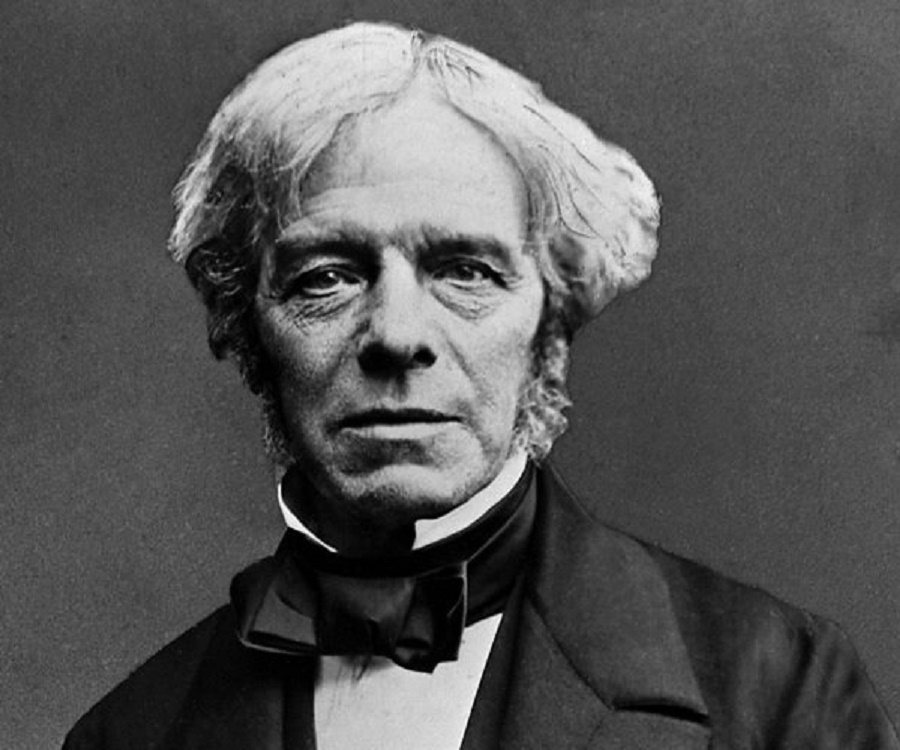
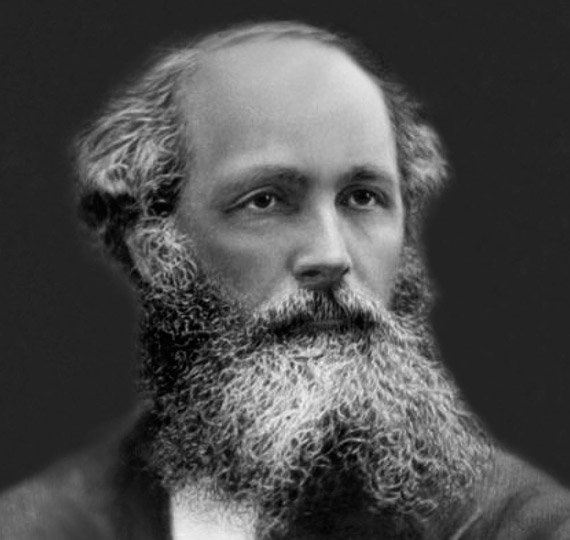

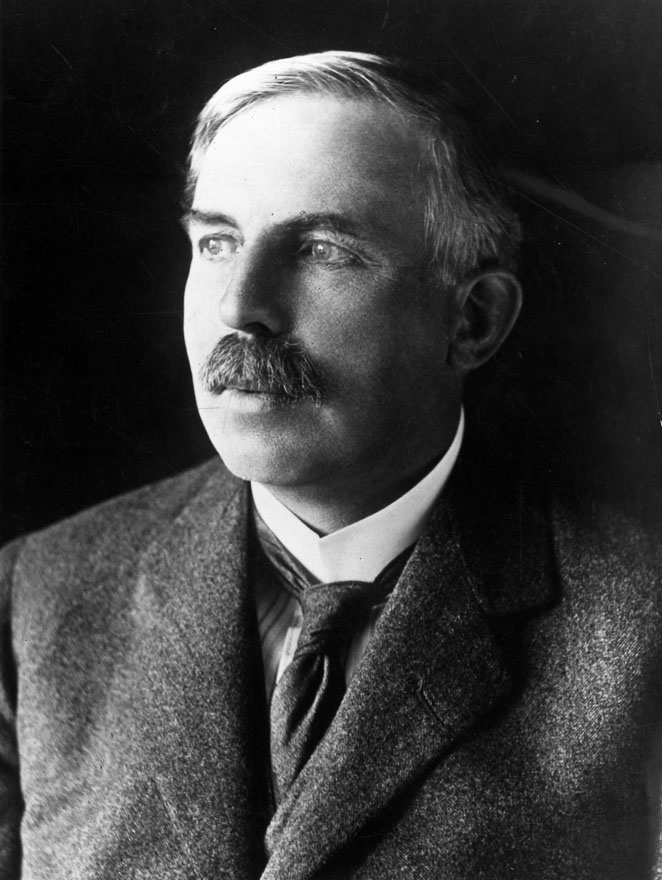
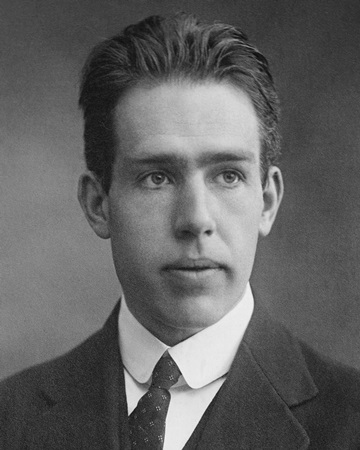
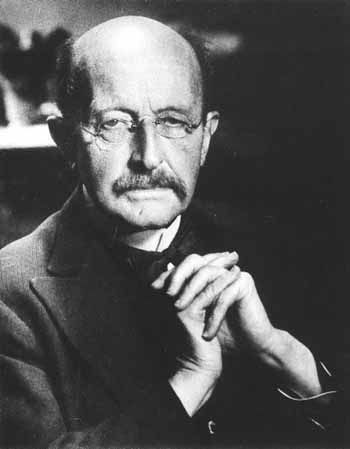
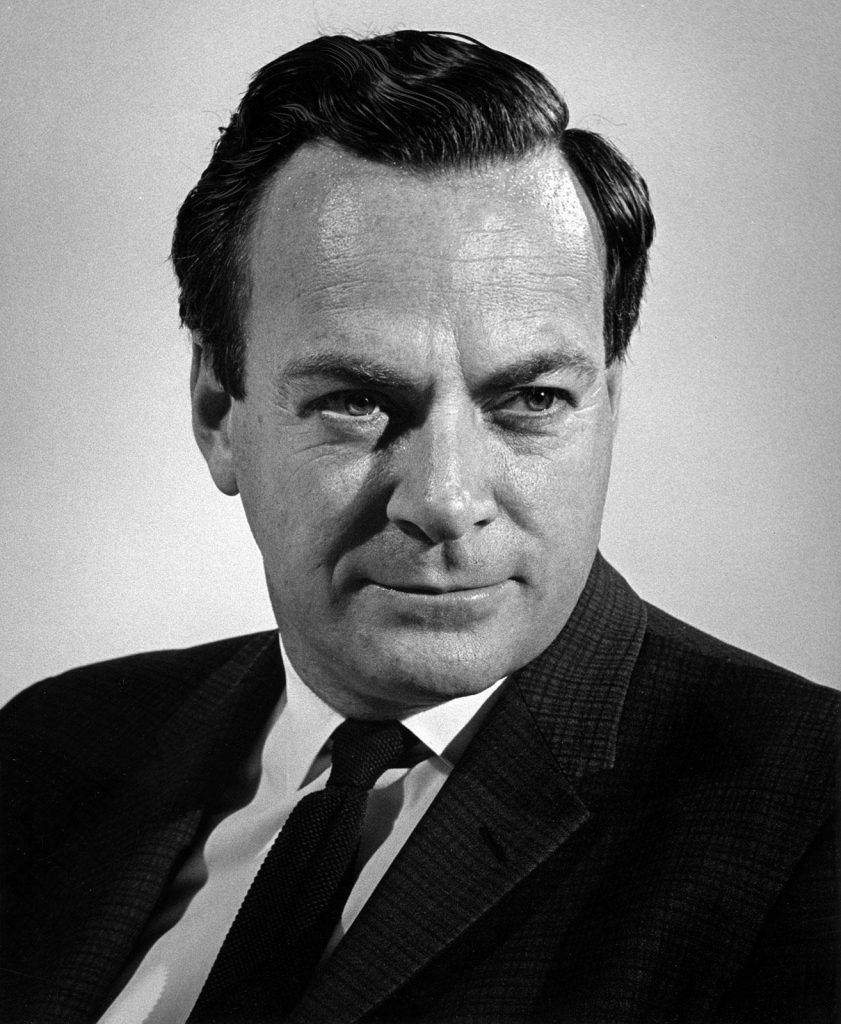
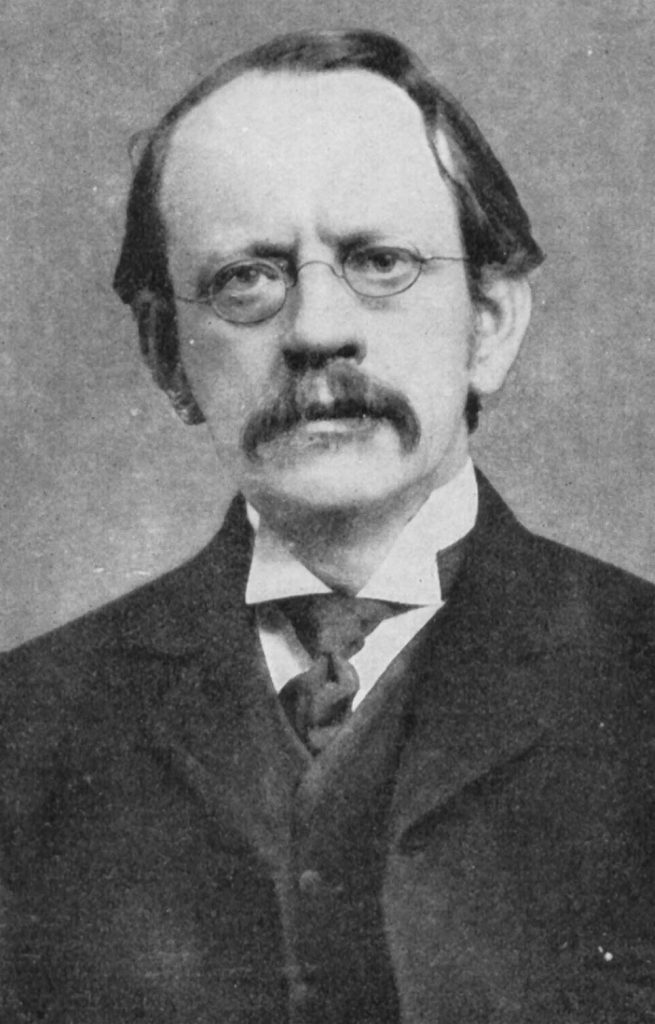
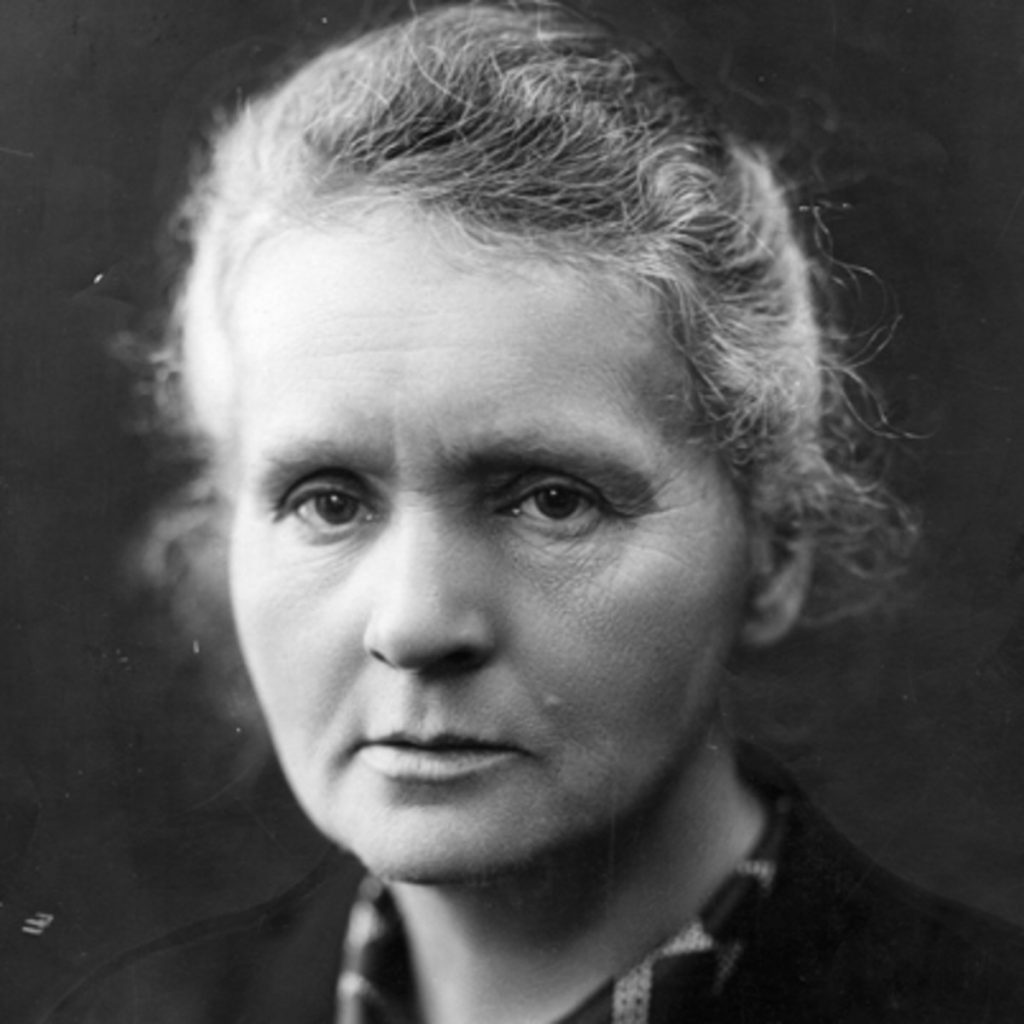
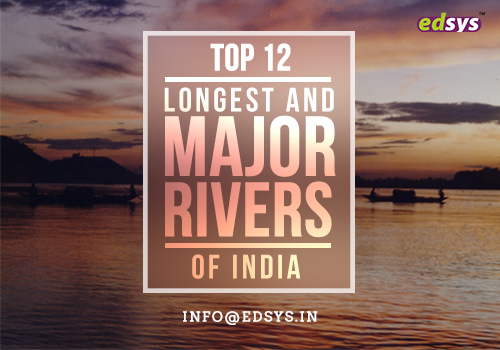
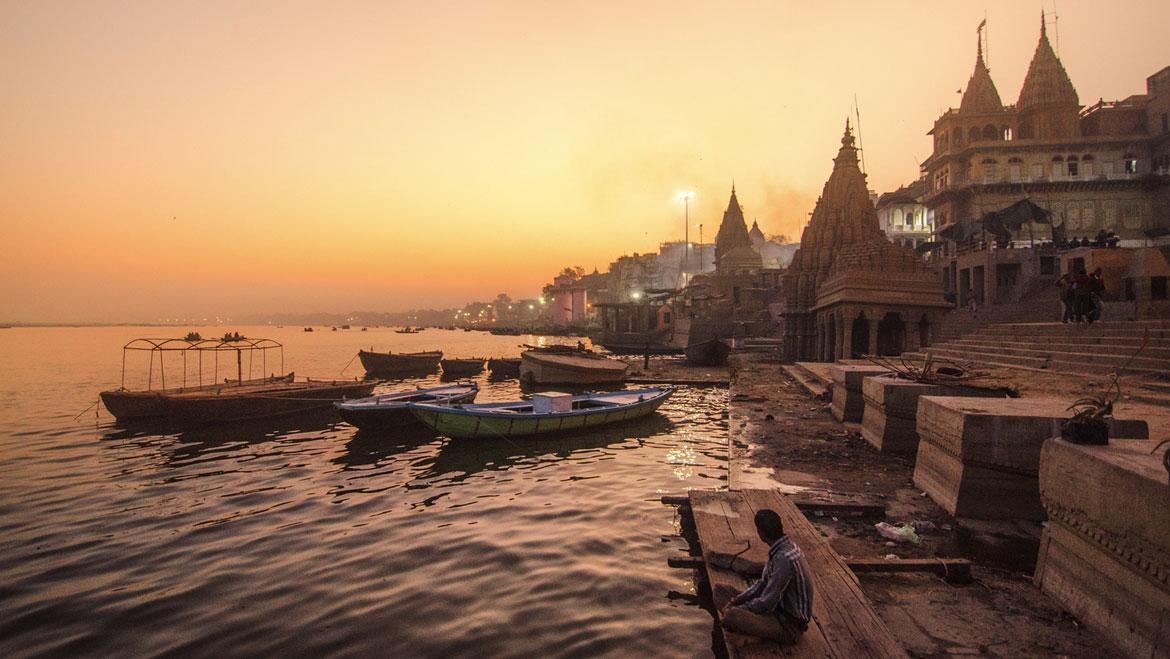
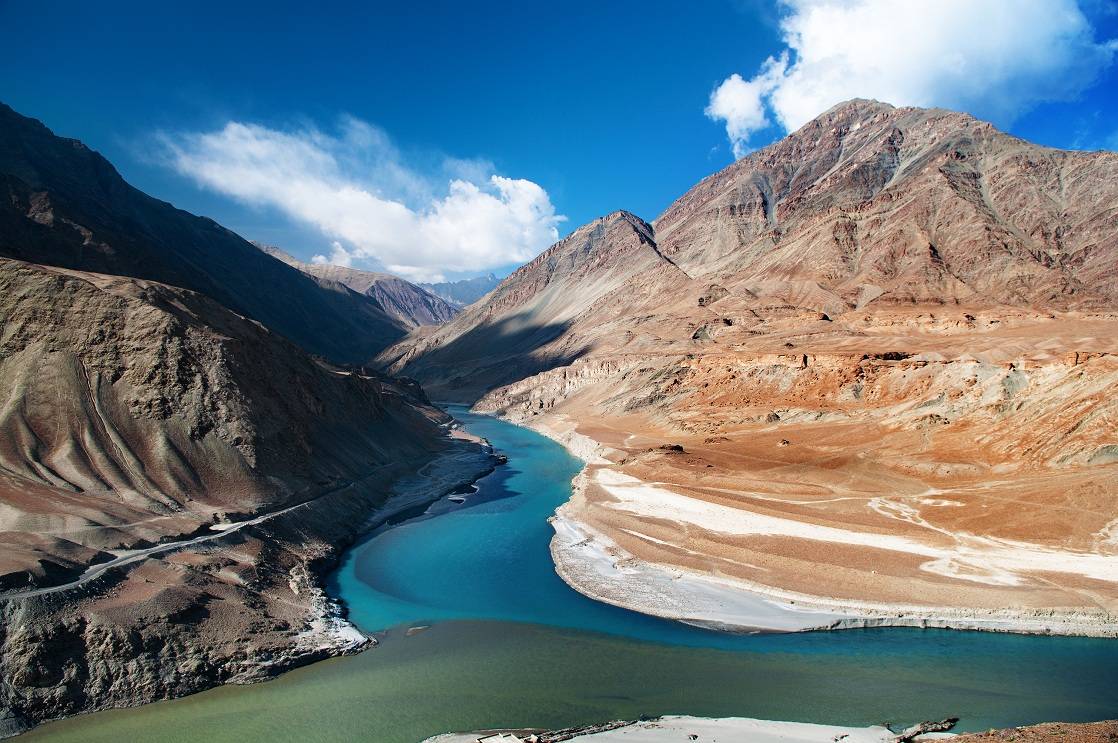
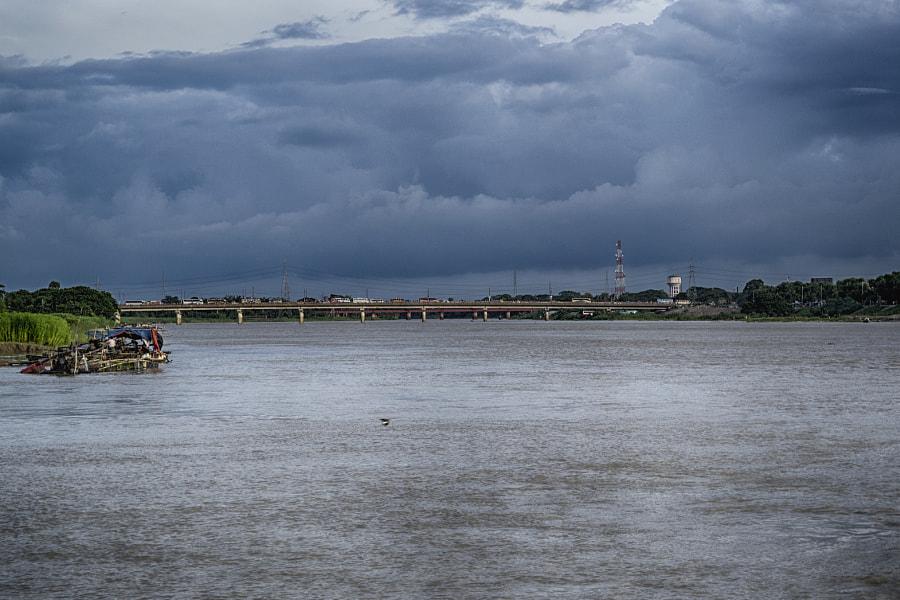
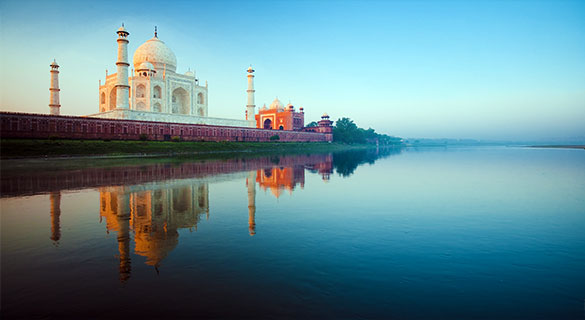
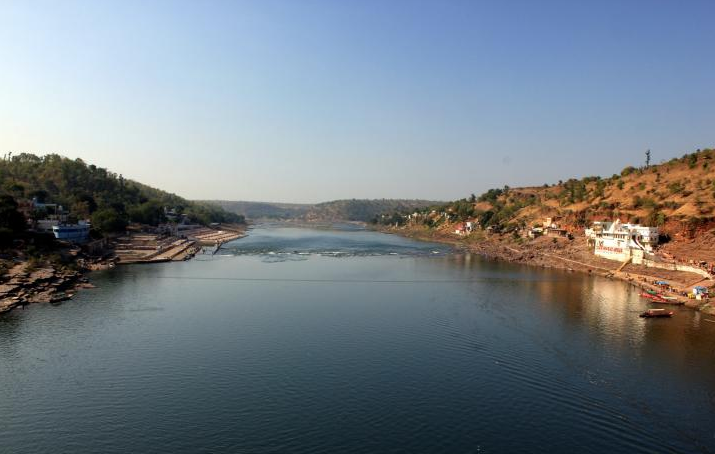
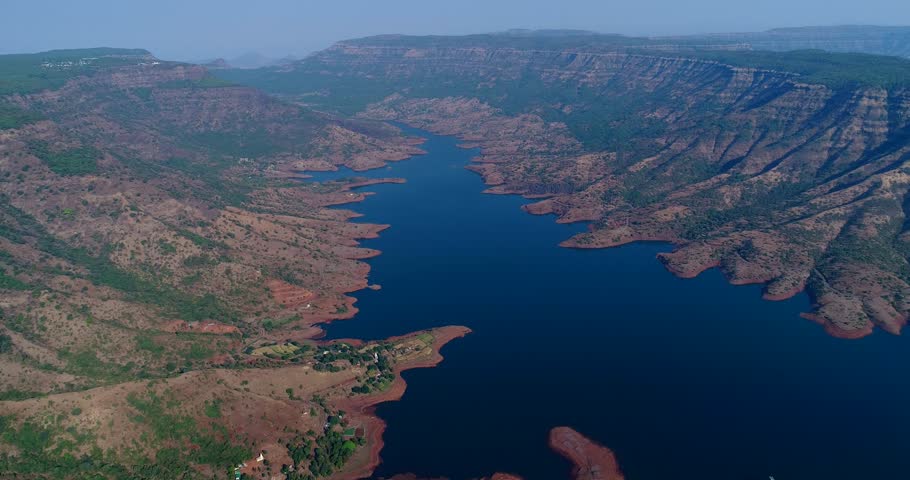
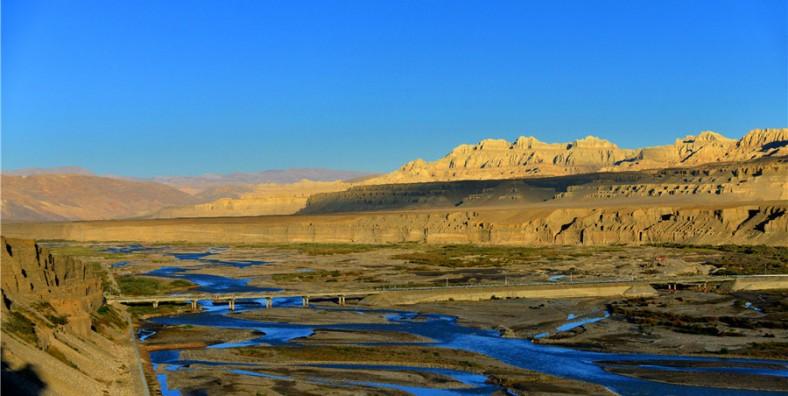
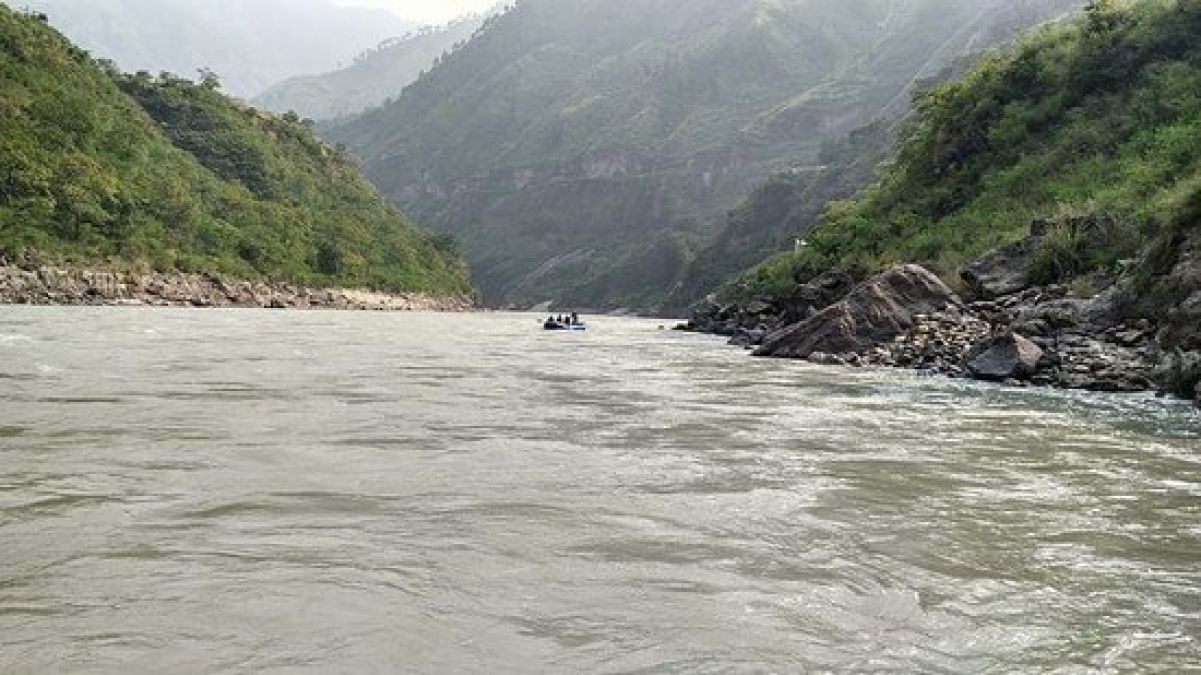
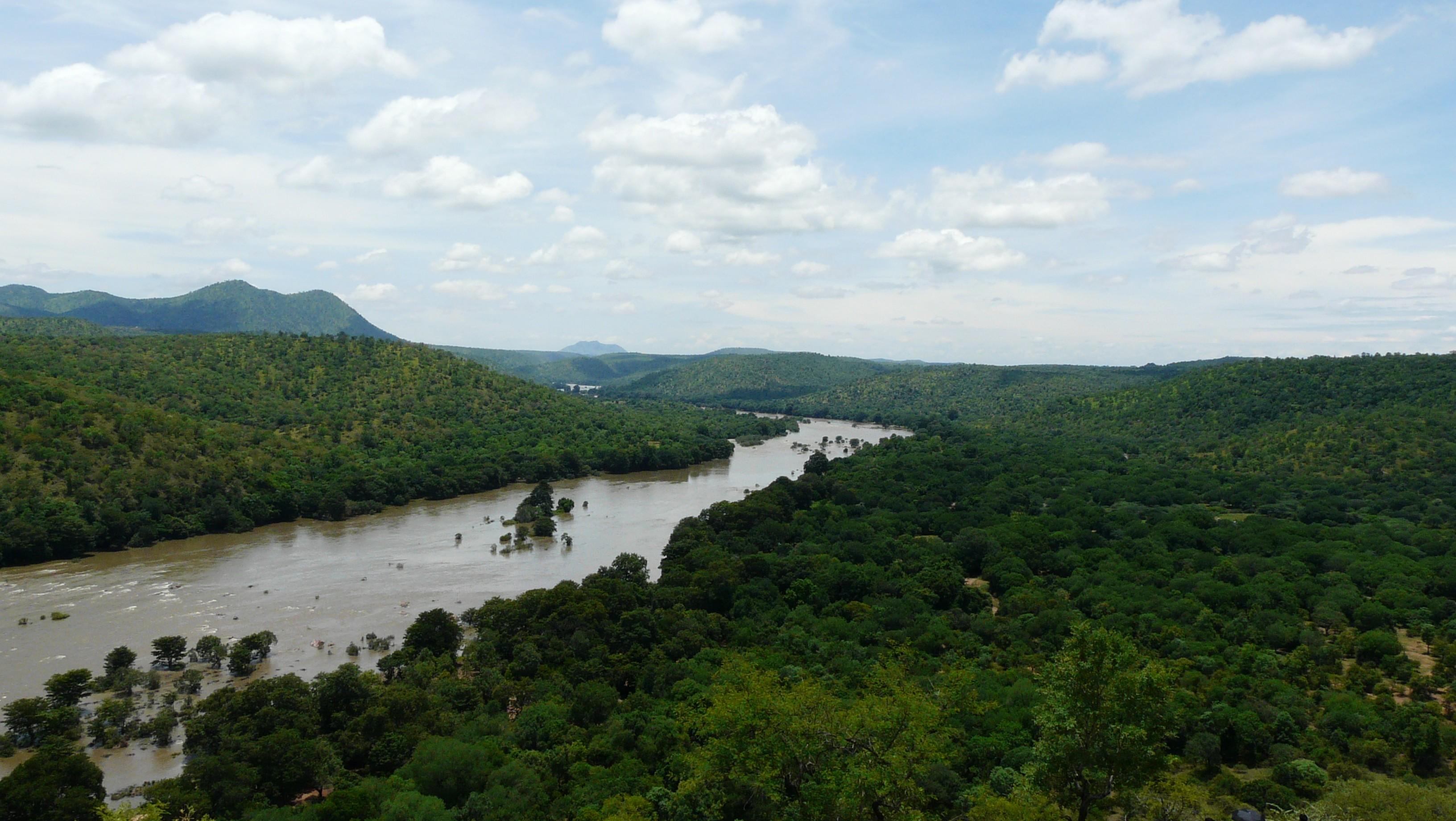
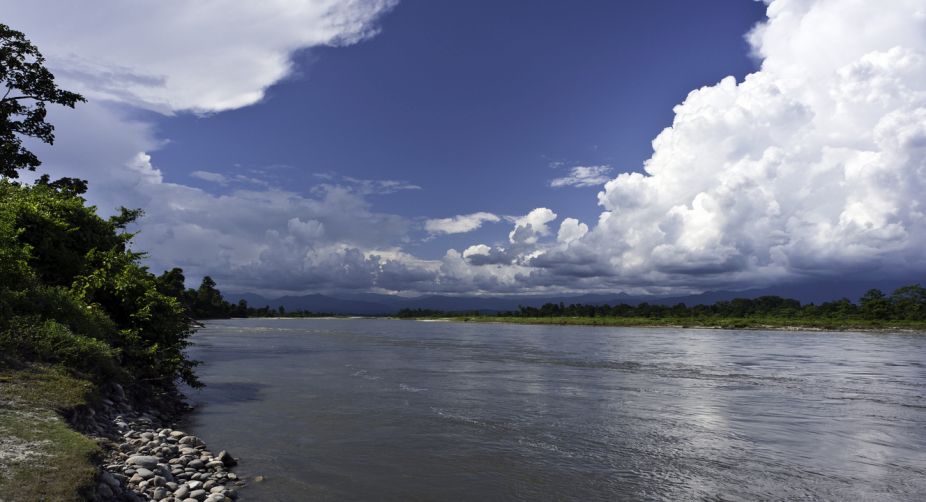
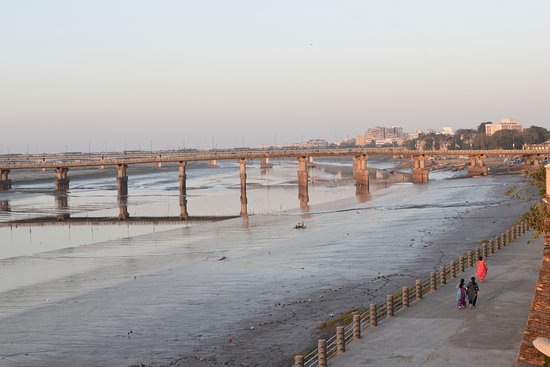
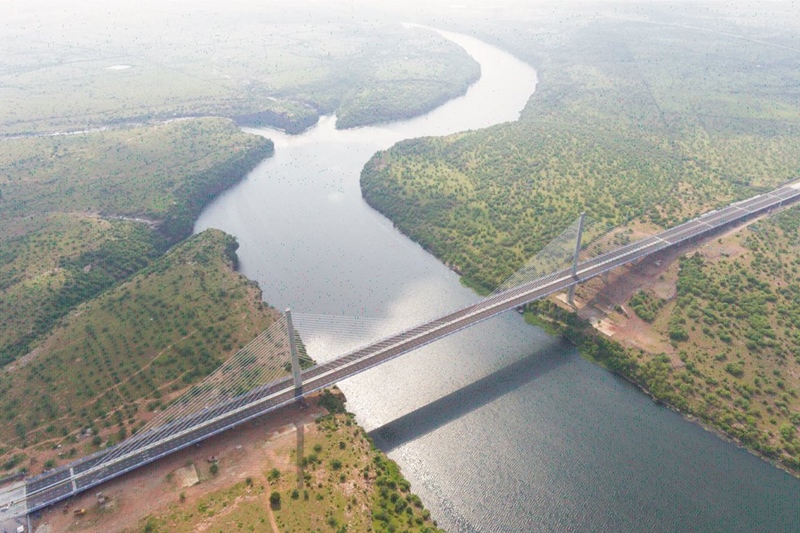
![24 Most Popular National Festivals of India [State-Wise]](https://wp.edsys.in/wp-content/uploads/2019/08/26-08-2019-24-Most-Popular-National-Festivals-of-India-State-wise.jpg)
